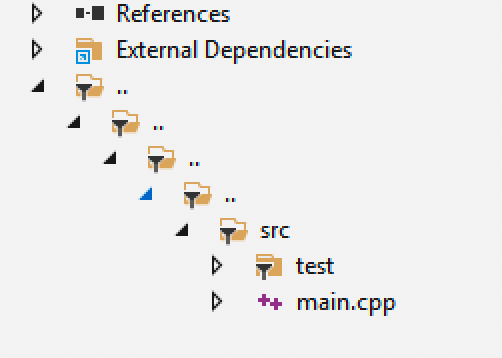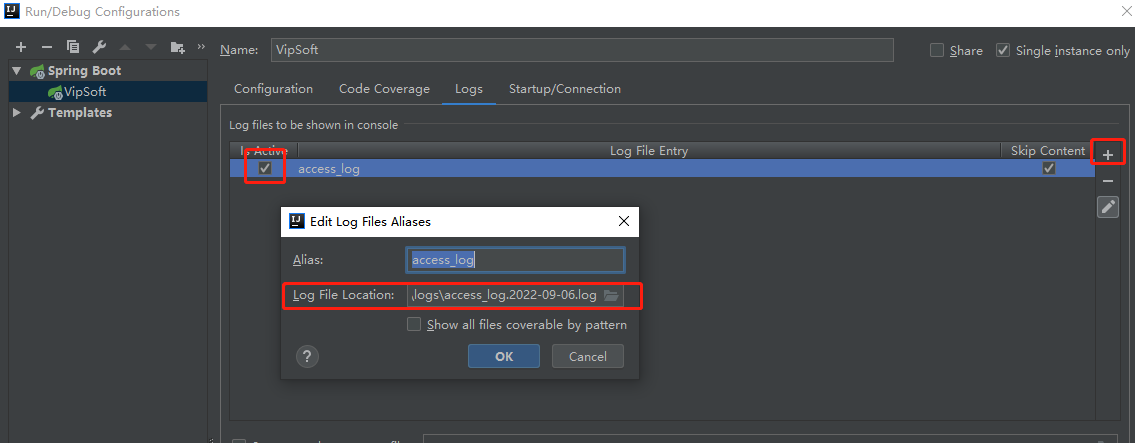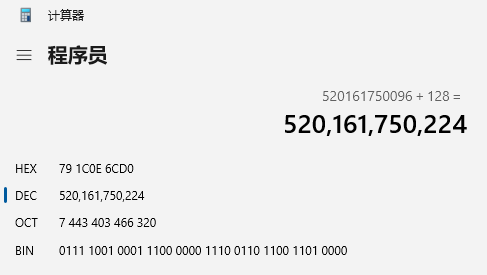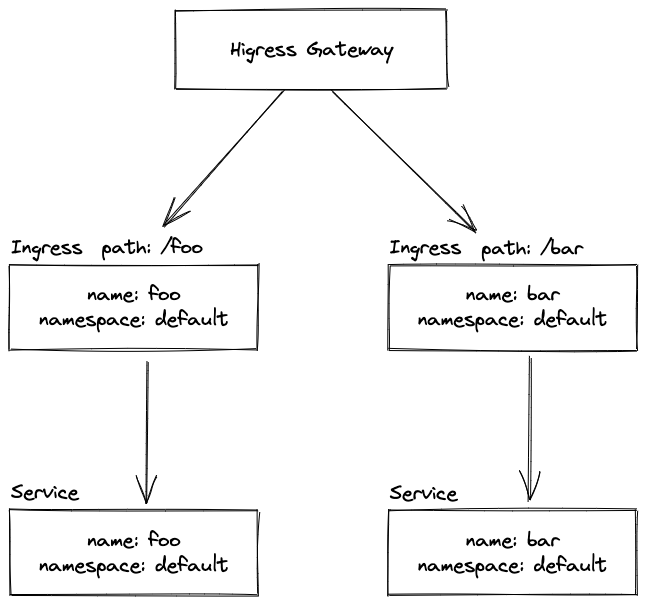ThreadPoolExecutor拒绝策略
- CallerRunsPolicy
A handler for rejected tasks that runs the rejected task directly in the calling thread of the execute method, unless the executor has been shut down, in which case the task is discarded.
被拒绝任务的处理程序,它直接在execute方法的调用线程中运行被拒绝的任务,除非执行程序已经关闭,在这种情况下,任务被丢弃。
- AbortPolicy
A handler for rejected tasks that throws a RejectedExecutionException.
被拒绝任务的处理程序,它会抛出RejectedExecutionException。
- DiscardPolicy
A handler for rejected tasks that silently discards the rejected task.
被拒绝任务的处理程序,该处理程序将默默地丢弃被拒绝的任务。
- DiscardOldestPolicy
A handler for rejected tasks that discards the oldest unhandled request and then retries execute, unless the executor is shut down, in which case the task is discarded.
l 如果此时线程池中的数量小于corePoolSize,即使线程池中的线程都处于空闲状态,也要创建新的线程来处理被添加的任务。
2 如果此时线程池中的数量等于 corePoolSize,但是缓冲队列 workQueue未满,那么任务被放入缓冲队列。
3 如果此时线程池中的数量大于corePoolSize,缓冲队列workQueue满,并且线程池中的数量小于maximumPoolSize,建新的线程来处理被添加的任务。
4 如果此时线程池中的数量大于corePoolSize,缓冲队列workQueue满,并且线程池中的数量等于maximumPoolSize,那么通过 handler所指定的策略来处理此任务。也就是:处理任务的优先级为:核心线程corePoolSize、任务队列workQueue、最大线程maximumPoolSize,如果三者都满了,使用handler处理被拒绝的任务。
当线程池中的线程数量大于 corePoolSize时,如果某线程空闲时间超过keepAliveTime,线程将被终止。这样,线程池可以动态的调整池中的线程数。

























